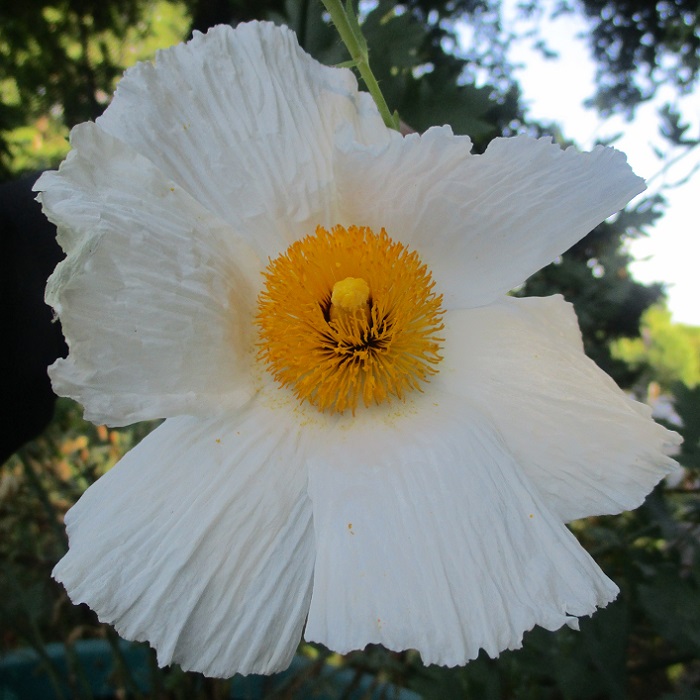UNITED STATES—It is hard to say why boulders and sculptural stone are sometimes incorporated into American landscapes. A long time ago, boulders were only left in landscapes if they were to big and heavy to move out of the way or break apart. Early American landscapes were designed to express dominance over nature by replacing as much of it as possible with unnaturally organized landscapes.
Slowly through history, less refined and more relaxed landscapes became more tolerable, and then became popular as an expression of rebellion to earlier formality. Nowadays, most landscapes are inevitably informal, partly because so many believe that informality is more natural, and partly because few landscape designers will design anything else. Simplicity and symmetry are passe.
This informality allowed for the incorporation of various elements from various styles of landscaping, regardless of how incompatible some of such elements were with each other. Boulders and sculptural stone that had been traditional with many Asian styles of landscape design were added to American landscapes in rather nontraditional fashion. It has been a slow process of evolution.
Boulders are obviously nothing like viable and dynamic plant material, although they do contribute form, texture and color to a landscape. Designers might say that bigger and sculptural boulders add drama without even trying. In some situations, boulders are as functional as they are aesthetically appealing. They can obstruct unwanted traffic or hold back soil that is at a higher elevation.
If they need not conform to any of the various Asian landscape design traditions, there are not many rules for the use of boulders and sculptural stone. Exotic stone that might be incompatible to big open landscapes where exposed endemic stone is visible nearby, might be just fine in enclosed gardens where there is no reference for what is natural.
The standard rule of burying as much as two thirds of a boulder to make it seem as a natural outcropping is only valid if it is intended to look like a natural outcropping.
Highlight: Matilija poppy
If California poppy had not been designated as the California state flower, Matilija poppy, Romneya coulteri, might have been. It was nominated, but was less popular at the time, partly because it was familiar only to those near its native range in Southern California. Some of us know it as ‘fried egg flower,’ because the big and floppy white flowers with yellow centers look like fried eggs.
Matilija poppy is a big and bold perennial, with flowers that are bigger than any other native species. They can get more than six inches wide! These flowers stand on top of lanky stems that might get taller than six feet. The somewhat sparse and light grayish foliage has a uniquely bristly, but also slightly rubbery texture. Individual leaves might be longer than six inches, with elongated lobes.
As a native of dry chaparral regions, Matilija poppy is very resilient, and does not need watering once established. However, to survive long and dry summers, it starts to die back early, so should get cut to the ground later in summer or early in autumn before it becomes too unappealing. It then stays dormant through winter before regenerating in spring. Rhizomes can spread aggressively.
Horticulturist Tony Tomeo can be contacted at tonytomeo.com.






